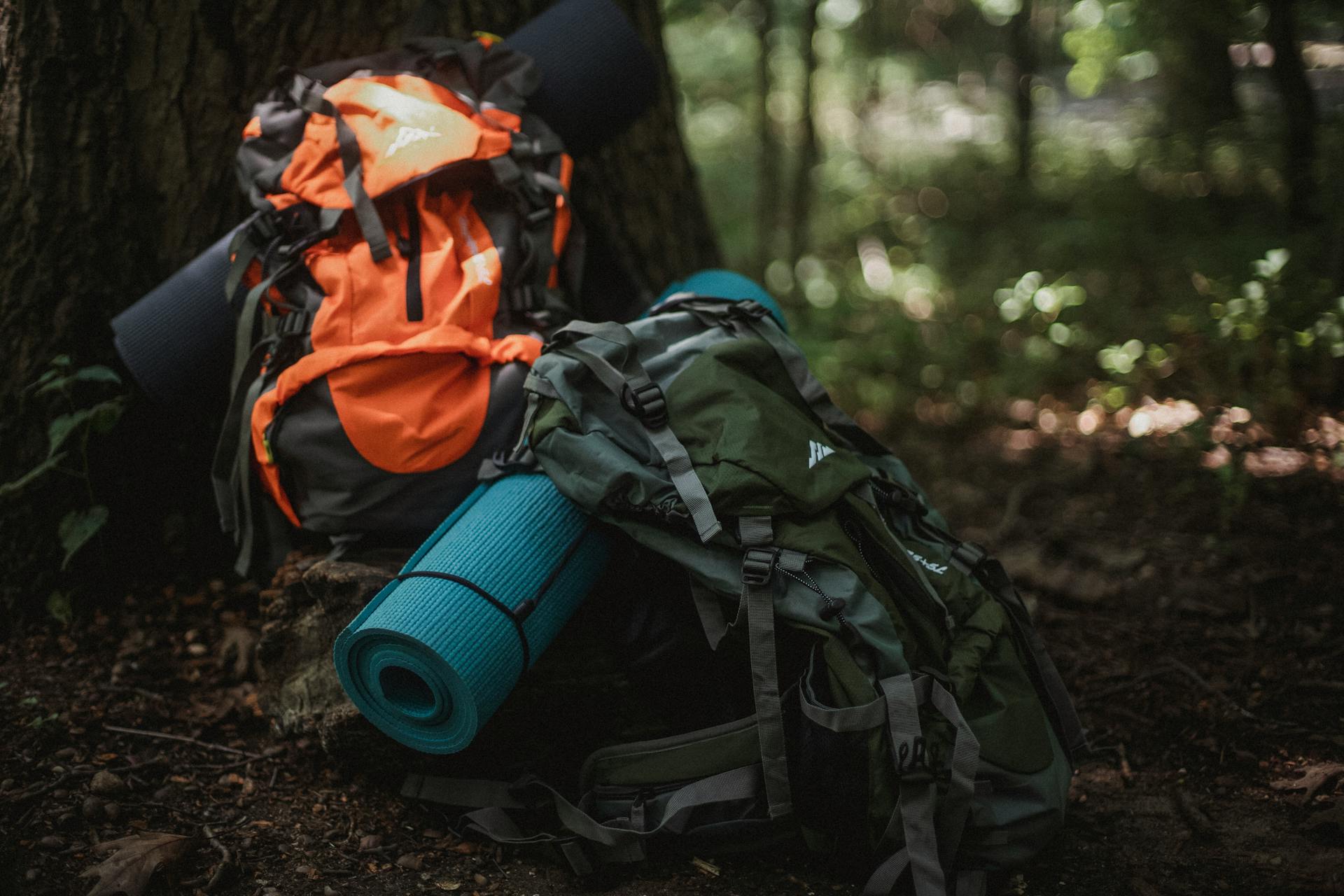Maximize space. Minimize strain. Stay trek-ready.
Packing your backpack correctly can make a huge difference on a Himalayan trek — from comfort and balance to quick access and weather protection. A poorly packed bag leads to back pain, frustration, and unnecessary energy drain.
🧠 1. Understand the Backpack Zones
Think of your backpack as having three main zones:
- 🔼 Top Zone (Frequently used items): Rain jacket or poncho, Headlamp, Snacks/dry fruits, Sunglasses, gloves, sun cap, First aid pouch, Toilet paper, sanitizer
- 🎯 Middle Zone (Heavier items, close to your back): Sleeping bag (if carrying), Extra layers or fleece, Packed food, Toiletries kit. Heaviest items should sit near your spine
- 🔽 Bottom Zone (Least used during the day): Nightwear, Thermals, Extra clothes, Camp slippers or floaters, Gaiters or liner (optional)
🎒 2. Use Packing Cubes or Dry Bags
- 🟢 Clothes → in a medium dry bag or packing cube
- 🔴 Toiletries & First Aid → in separate zip pouches
- 🔵 Electronics → in a padded pouch or zip-lock bags
- 🟡 Documents → in a waterproof folder or pouch
💧 Pro Tip: Use dry bags or garbage bags inside your backpack for waterproofing, even if it has a rain cover.
🧷 3. Keep Essentials in Outer Pockets
- Water bottles or hydration bladder
- Sunscreen/lip balm
- Map/phone
- Quick snacks
- Buff or scarf
- Tissue wipes
🧭 Quick access saves time and avoids unpacking everything mid-trail.
⚖️ 4. Distribute Weight Smartly
- Heavier items = centered close to your spine
- Lighter items = toward top and outside
- Avoid one-sided loading — distribute weight evenly
- 🎯 Ideal total pack weight: 7–9 kg including water
🔒 5. Secure & Compress
- Use compression straps to tighten your load
- Attach trekking poles or sleeping mats externally using side loops
- Make sure nothing dangles — it throws off your balance
📋 6. Packing Order Checklist
- Bottom: Night clothes, thermals, slippers
- Middle: Jacket, extra clothes, toiletries, food
- Top: Rain gear, first aid, gloves, snacks
- Side/hip pockets: Water, wipes, sunscreen
- Top flap/lid: Headlamp, ID, sanitizer, poncho
✅ Practice once at home to get used to your packing flow.
🚫 7. Avoid These Common Mistakes
- ❌ Overpacking (don’t carry extra clothes "just in case")
- ❌ Loose, unorganized items — slows you down
- ❌ No rain protection inside the bag
- ❌ Carrying unnecessary electronics or books
- ❌ Not testing the backpack weight before the trek
🌄 Final Word: Pack Light, Pack Right
The Himalayas reward those who move light and smart. A well-packed backpack makes trekking comfortable, safe, and efficient — so you focus on the views, not your load.
